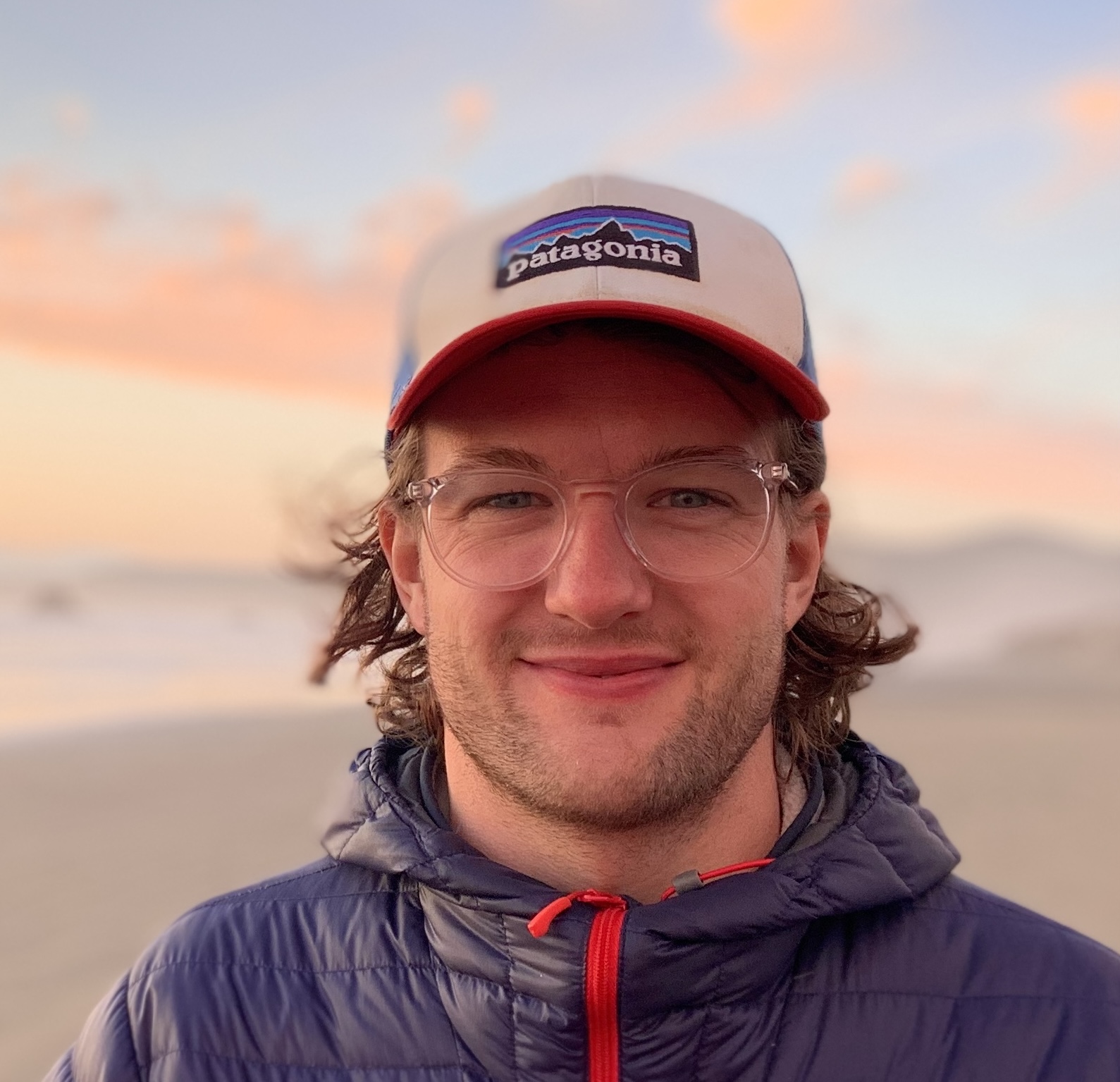Insights into the Tectonics of the Eastern North American Shield: A new Absolute P-wave Tomographic Model for North America
Date:
The Grenville orogen is a 1Ga old, 4000km long tectonic collision zone that bounds the North American Shield to the east, often drawing comparisons to the modern-day Himalayas in collisional style and extent. Local studies of the Grenville province are legion, however it remains enigmatic at the macro scale due to its large spatial footprint (from Labrador to Mexico), interaction with Phanerozoic tectonics and present-day sedimentary cover. Recently, the USArray Transportable Array seismic stations have gone someway to addressing this issue but station coverage remains sparse in global absolute wavespeed models in the shield regions further north. However, the newly published method of Boyce et al, (2017) enables data from regional seismic networks to be incorporated into these global models. Here we use this method to add ~13000 new P-wave arrivals from stations in Canada to the continental portion of the global absolute wavespeed tomographic model of Burdick et al (2017). Thus we are able to seismically illuminate, for the first time, mantle seismic structure for the entire footprint of the Grenville Orogen. Recent work suggests that in SE Canada the edge of the Superior craton has undergone post formation modification. Variations in seismic velocity at lithospheric depths at the eastern edge of the North American shield may give clues as to whether craton edge modification is ubiquitous along the entire Grenville front. Comparing our tomographic images with the GLimER 2D receiver function profiles (Rondenay et al., 2017) and tectonic reconstructions of Proterozoic North America may provide evidence for delamination of sub-continental lithospheric mantle in an ancient large hot Orogen.
